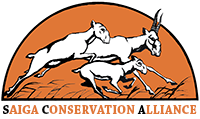Karakalpakstan, November 2024 – Schools in Karakalpakstan celebrated Migratory Animals Day, an annual educational event aimed at raising children’s awareness of animal migration and the importance of conservation. The event was organized by the Saiga Conservation Alliance (SCA) with financial support from the Wildlife Conservation Network (WCN) .
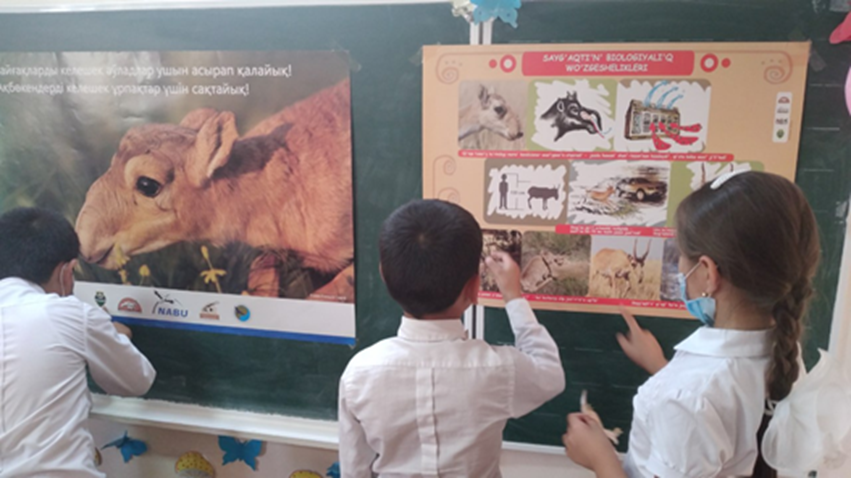
Environmental Education for the Younger Generation
Migratory Animals Day has been celebrated in educational institutions across Karakalpakstan for the past ten years. The main goal of the event is to improve students’ environmental literacy and foster a responsible attitude toward nature.
In 2024, 560 schoolchildren and 28 teachers from four schools participated in the event:
📌 School No. 4 (Muynak town)
📌 School No. 26 (Karakalpakstan settlement)
📌 School No. 54 (Jaslyk settlement)
📌 School No. 46 (Nukus city)
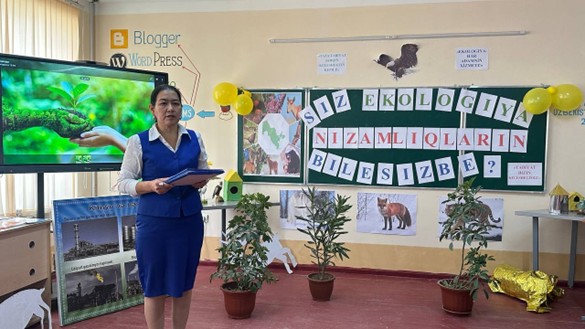
The choice of the autumn season for this event is intentional—October and November mark the seasonal migration of many animal species. This timing helps children better understand wildlife’s natural cycles and the challenges faced by migratory birds and steppe mammals.
Event Program
As part of Migratory Animals Day, a variety of interactive activities were organized to help schoolchildren learn about the ecology and behavior of migratory animals:
🎨 Drawing and model-making contest – “Migratory Birds of Karakalpakstan”
🔍 Ecological quest – “Saigas on Migration,” simulating real challenges faced by migratory animals
📚 Open lessons – Discussions on the causes of migration and the importance of migration corridors
🎭 Quizzes and mini-performances – Dedicated to the life of steppe animals
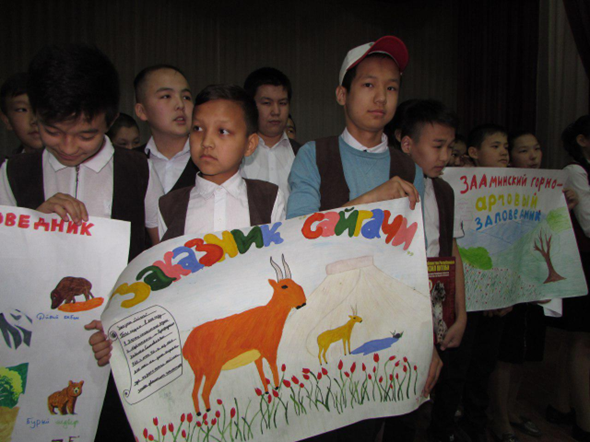
Special guests of the event included employees from the Saigachiy Integrated Wildlife Refuge and the Southern Ustyurt National Nature Park, who presented exclusive photo and video footage captured by camera traps. This gave children a unique opportunity to observe migratory animals in their natural habitat and learn to identify them by their tracks.
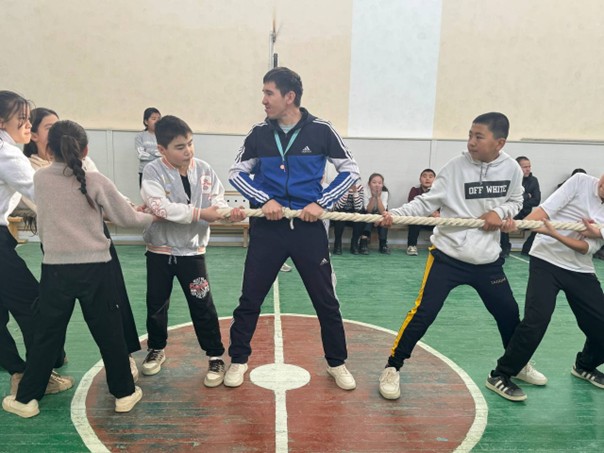
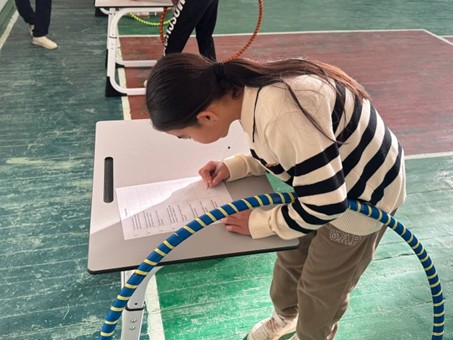
Additionally, ornithological scientists from the Academy of Sciences guided students in birdwatching sessions using binoculars. During a lesson at School No. 46, children learned fascinating facts about flamingos, their annual migration routes, and their habitats.
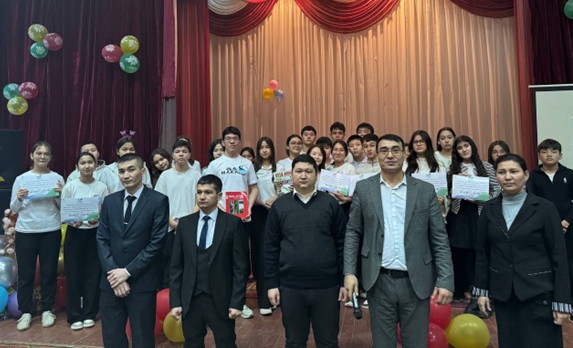
Event Outcomes and Significance
Through this educational program, participants gained a deeper understanding of the importance of conserving migratory animals and their ecosystems. This year, special attention was given to the saiga antelope, a keystone species of the steppe ecosystem whose migration route passes through Karakalpakstan.
📍 The event was attended by representatives of the Ministry of Ecology of Karakalpakstan, as well as staff from the Saiga Reserve and the South Ustyurt National Park.
📍 Pupils received practical knowledge on how to protect natural habitats and why biodiversity conservation is crucial.
The organizers emphasized that such events help foster a responsible attitude toward nature among the younger generation and strengthen international cooperation in the field of ecology.
